
by Owen | Mar 6, 2023 | Financial Planning, Government Programs, Retirement Planning, Tax Planning
One of the amazing things about financial planning and retirement planning is how much the details matter. One detail in particular is very important and that is the province you live in.
It’s not even about the difference in cost of living, or the difference in average salary. Even with every factor being equal, just the difference in tax rates and provincial benefits are enough to impact your financial plan over time.
We’ve worked with clients who are nearly identical in every detail except for the province they live in. One client is very successful, while the other will run out of money in the future.
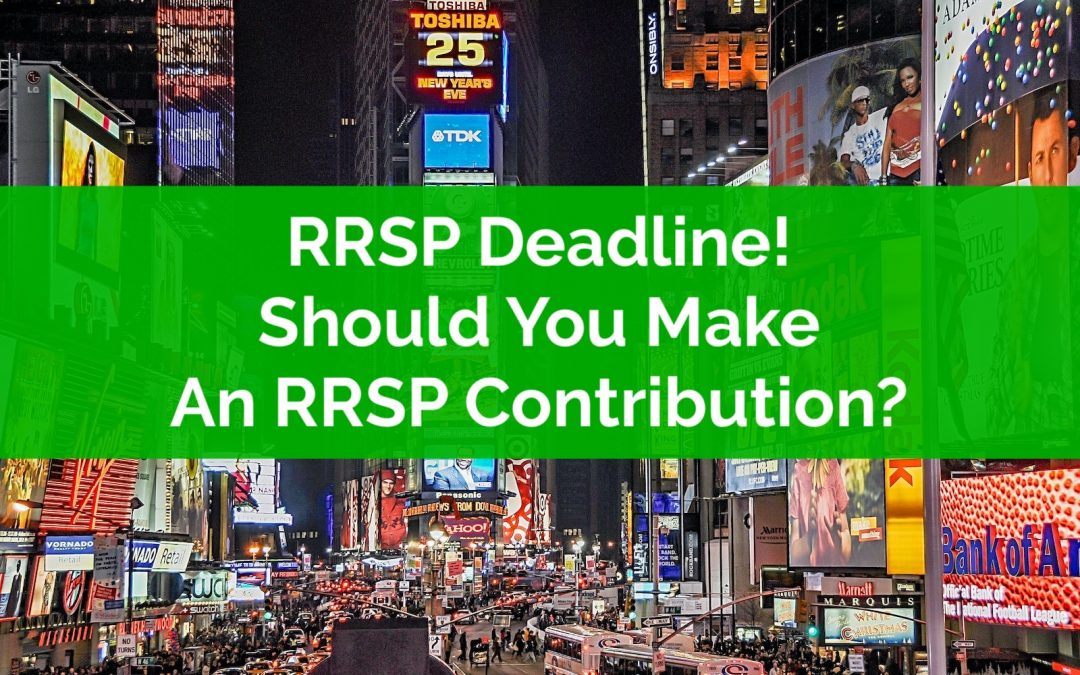
by Owen | Feb 6, 2023 | Financial Planning, Government Programs, Income, Retirement Planning, Tax Planning
The RRSP deadline is quickly approaching on March 1st, and you should get ready for advertisements selling you all sorts of RRSP products over the next few weeks. But despite what the advertisements suggest, should you actually make an RRSP contribution this year? Maybe, but maybe not.
In this blog post we’re going to highlight 5 reasons why you SHOULD NOT make an RRSP contribution this year.
As we build financial plans with clients, we sometimes come across situations where RRSP contributions were made to the detriment of the client. The client was in one or more of the situations below, but they were still advised to make RRSP contributions, or they were advised to split contributions between RRSP and TFSA, or sometimes they were not given any tax planning or government benefit advice at all.
Depending on the situation, this has cost a number of clients $10,000’s in extra income tax or reduced government benefits.
So, as the RRSP deadline approaches, watch out for these five situations where RRSP contributions may not be the best option, and always seek the advice of an unbiased advice-only financial planner to create a thorough income tax and government benefit strategy before making $1,000’s in RRSP contributions.
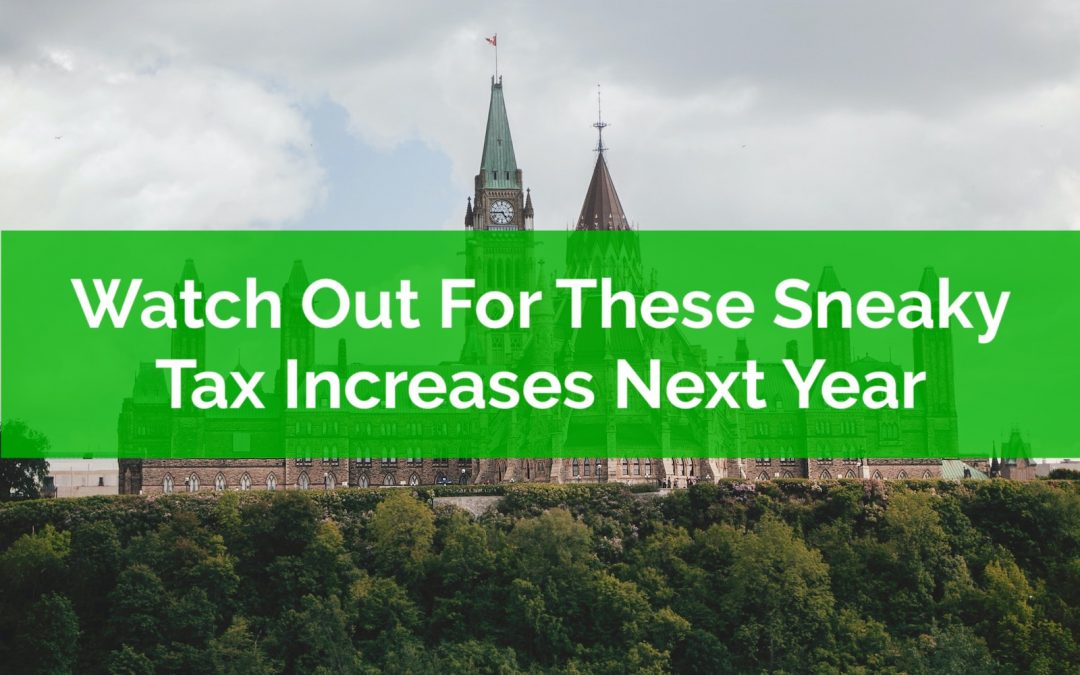
by Owen | Dec 12, 2022 | Budgeting, Financial Planning, Government Programs, Retirement Planning, Tax Planning
Most governments try to avoid raising tax rates. It’s an unpopular move. It creates headlines. It causes a sharp drop in popularity. So how do governments earn more tax revenue? They increase taxes in a sneaky way. Some provincial governments have done this in the past and a few are still doing it now.
You may not have seen these tax increases reported in the media, but next year you may notice your tax bill increase, especially if you live in certain provinces.
If you find yourself with a little less cash flow next year, this might be why.
Not all provinces do this. But some provinces are sneakily increase tax next year. Some have been doing this same thing for years.
Are you in a province that is increasing taxes? Find the details at the end of the post.
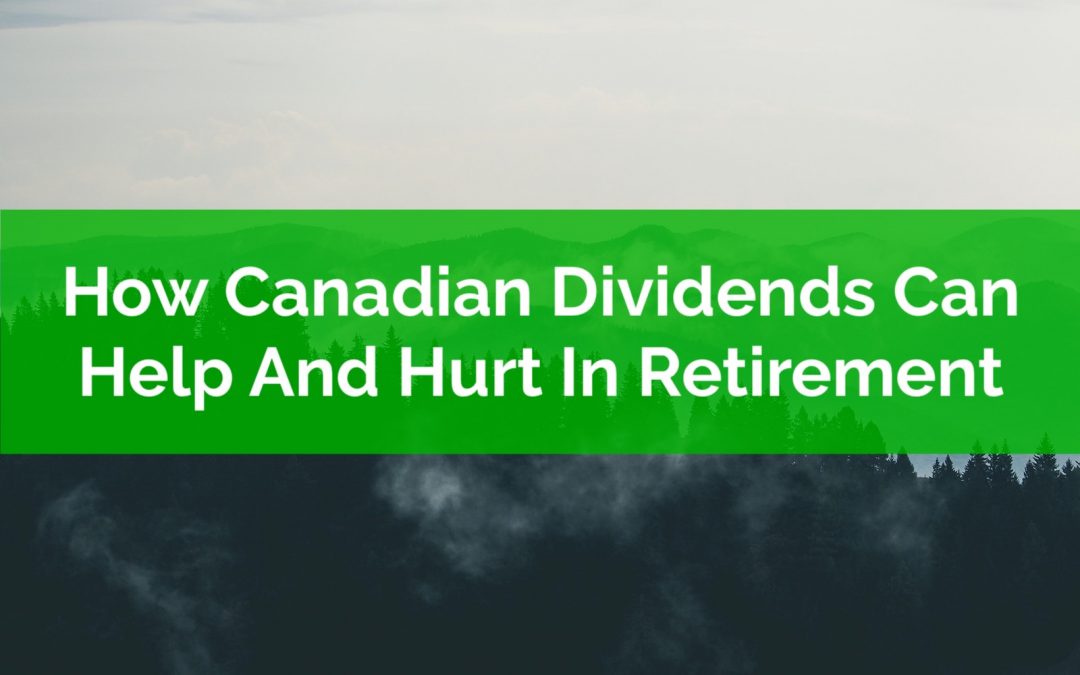
by Owen | Dec 5, 2022 | Financial Planning, Government Programs, Income, Investment Planning, Retirement Planning, Tax Planning
In the last post we highlighted how Canadian dividends receive special tax treatment which can lead to very low and even negative tax rates at some income levels. But before you go and shift your portfolio towards Canadian dividends it’s important to understand how Canadian dividends can either help or hurt your situation, especially in retirement.
Canadian dividends are taxed in a particular way which can lead to some unintended consequences, especially when government benefits are involved. While Canadian dividends can lead to lower tax rates, they can also lead to higher benefit clawbacks on GIS and OAS benefits.
If you can avoid these pitfalls then Canadian dividends, when used strategically, can allow you to withdraw from an RRSP and pay no additional tax.
In this blog post we’re going to look at three examples of how Canadian eligible dividends can both help and hurt in retirement.
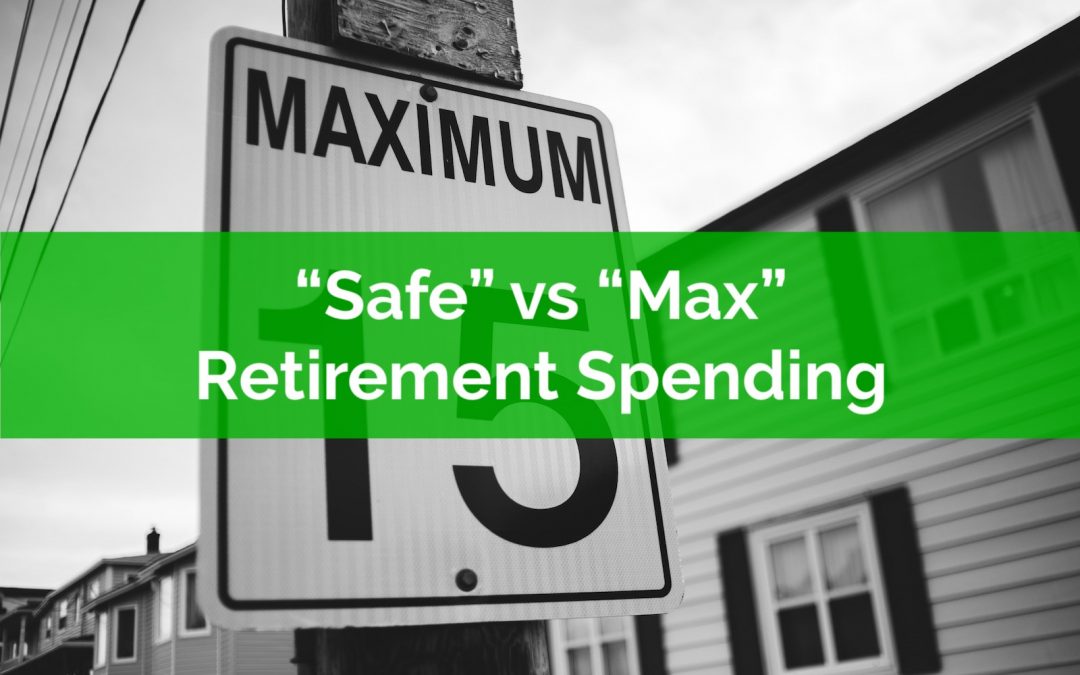
by Owen | Nov 7, 2022 | Financial Planning, Government Programs, Income, Investment Planning, Retirement Planning
If you’re thinking about retirement, then one big question you probably have is how much you can spend in retirement without running out of money in the future.
You probably want to know how much retirement spending your investment portfolio, CPP, OAS and other retirement income can safely support.
In this blog post we’re going to take a closer look at two important levels of retirement spending, your “safe” level of retirement spending and your “max” level of retirement spending.
These are two very important spending levels that every retirement plan should highlight. Your “safe” and “max” level retirement spending represent both lower and upper guardrails for your retirement plan.
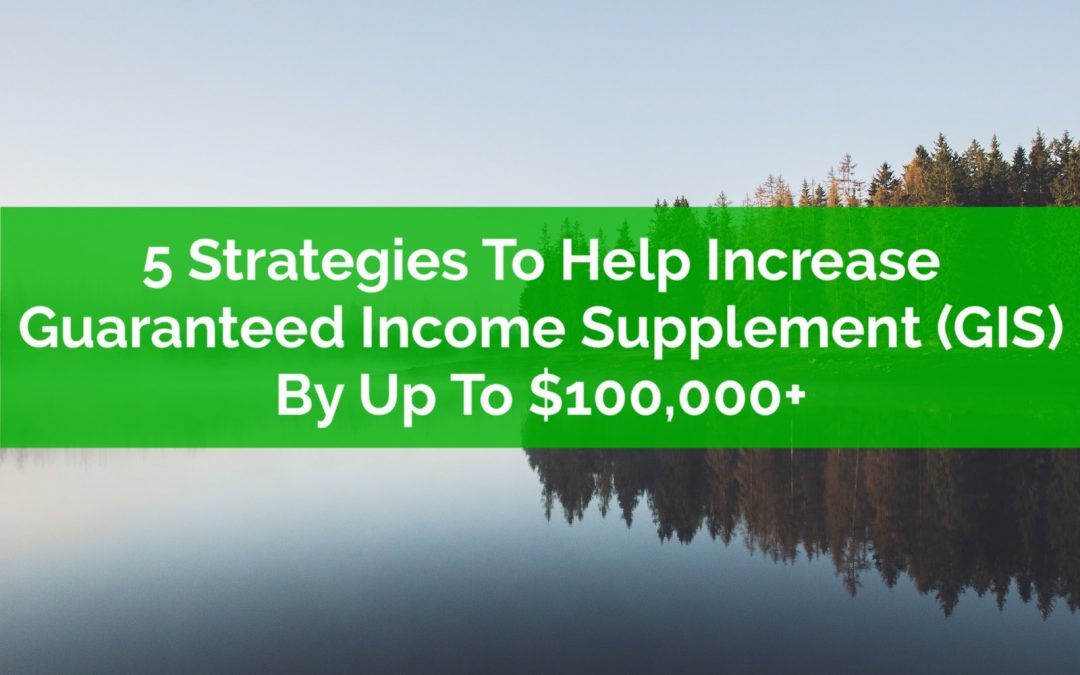
by Owen | Oct 11, 2022 | Financial Planning, Government Programs, Income, Investment Planning, Retirement Planning, Tax Planning
GIS (Guaranteed Income Supplement) is thought of as a government benefit that is exclusively for very low-income retirees, but the truth is that almost 1 in 3 retirees receive GIS benefits. This is a benefit that is widely available to retirees who are both low- and moderate-income.
GIS is a generous benefit. At a maximum it will provide over $10,000 per year per household. But this is quickly reduced by GIS clawbacks of 50% to 75%. For every dollar of taxable net income (line 23600 on your tax return), GIS is reduced by 50% to 75%.
For example, if you take $1,000 from an RRSP/RRIF then this would reduce next years GIS benefit by $500 to $750!
The challenge with the Guaranteed Income Supplement is that retirement planning with GIS benefits is very counter intuitive. Strategies that help reduce GIS clawbacks are often the opposite of strategies that help reduce income tax for higher income retirees. This can sometimes result in low- and moderate-income retirees getting advice that is not suited to their situation.
If not corrected in time, this bad advice can decrease future GIS benefits by $10,000’s or more.
For example, a client we worked with recently was advised to put $150/month into their RRSP despite being on disability benefits. This advice would have caused extra GIS clawbacks of at least $4,500 in retirement. From $9,000 in RRSP contributions, only half would end up in their pocket after considering GIS clawbacks.
Thankfully there are a handful of strategies to help reduce the GIS clawbacks… but these strategies require foresight. It’s best to create this type of plan in your 50’s, well before GIS benefits begin. The second-best time is in your early 60’s, right before GIS benefits begin. And the third-best time is between 65 and 70, when GIS benefits have begun but there is still time to make changes and maximize benefits. After age 72 there is less that can be done to reduce GIS clawbacks so planning ahead will pay off.
This type of planning can easily add $10,000’s in GIS benefits over the course of a plan and help make retirement significantly easier.
One of the reasons I love these GIS strategies is because they are specifically designed for low- and moderate-income households. We often hear about high-net-worth families employing teams of lawyers, accountants, and wealth managers to help them maximize their personal wealth. These strategies help low- and moderate-income households maximize their retirement income and could quickly backfire if used by anyone else.






